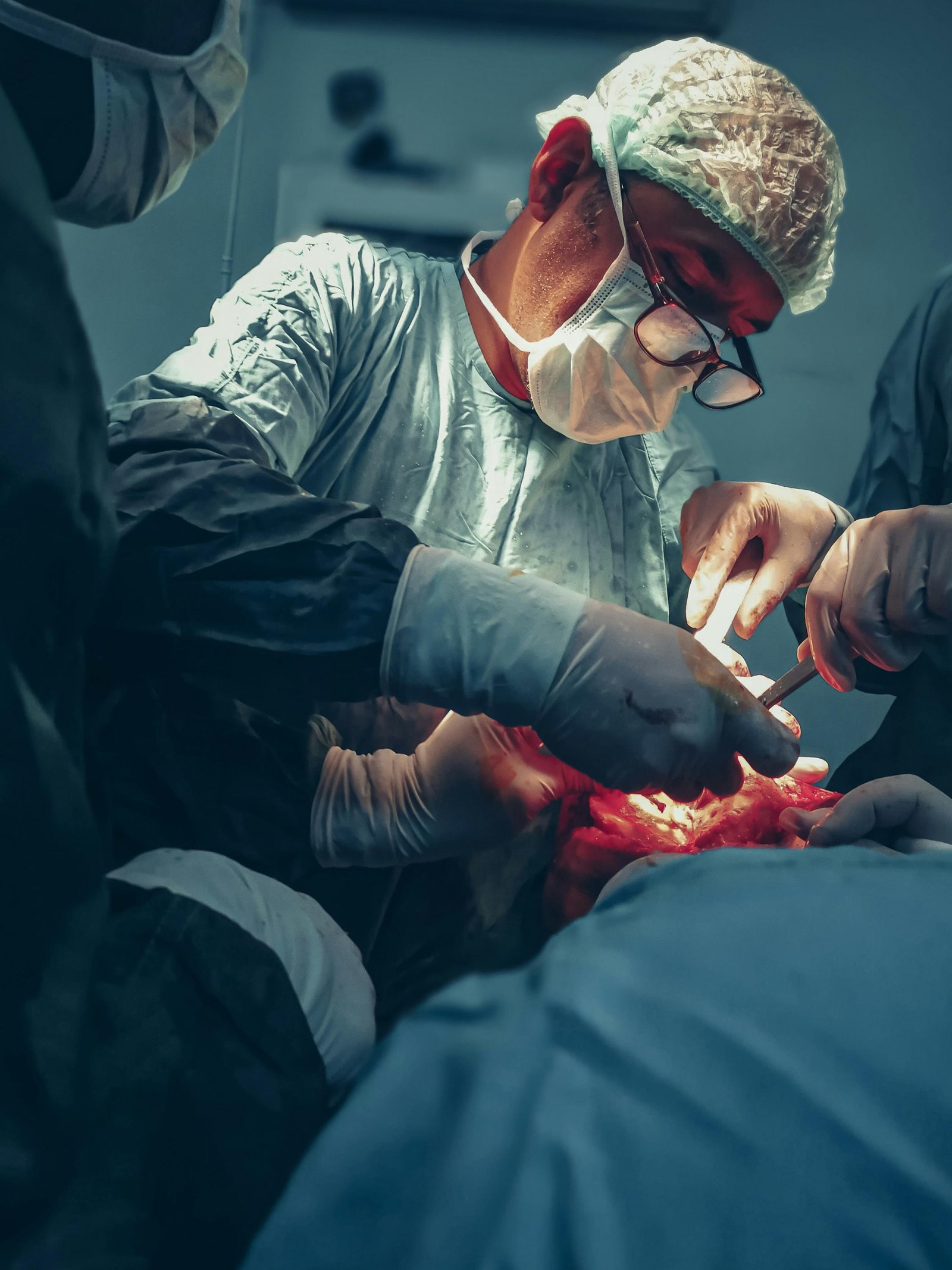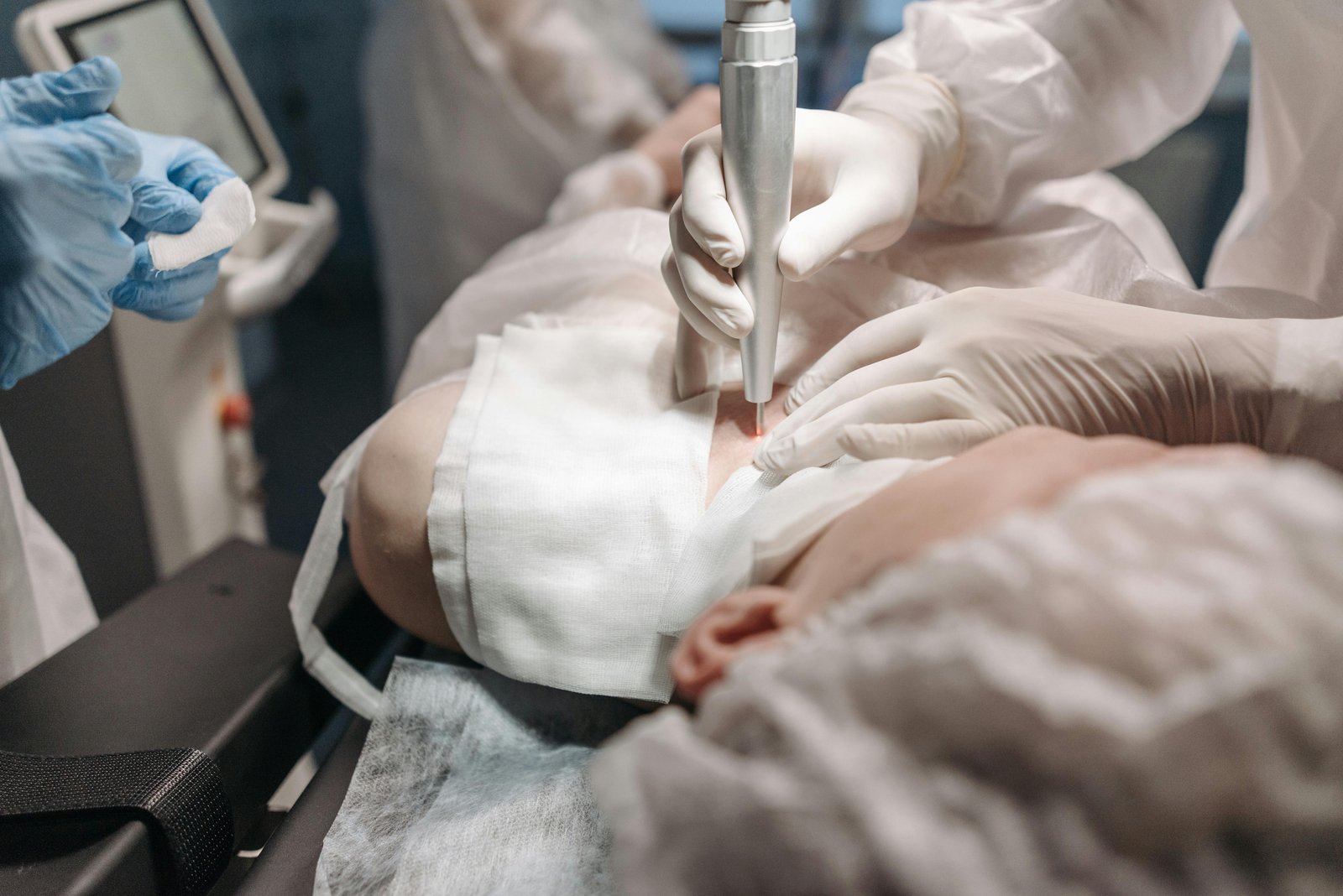
At the practice of Dr. Ajai K.S, we specialize in highly focused surgical interventions that aim to restore movement, sensation, and function in patients affected by nerve damage, trauma, or congenital challenges.
With advanced training in microsurgical techniques and a patient-first philosophy, we deliver personalized care across three core specialties.Whether you’re recovering from an accident, managing a long-standing nerve issue, or seeking to regain function after paralysis,our goal is to provide expert care that gives you your life back—safely, compassionately, and effectively.
What is brachial plexus surgery?
The brachial plexus is a complex web of nerves arising from the neck (C5–T1) that control movement and sensation in the shoulder, arm, and hand. Injuries to this network can lead to partial or complete upper limb paralysis, severely affecting daily life.
This may result from:
- High-impact trauma (motorcycle or car accidents)
- Birth injuries (Erb’s or Klumpke’s palsy)
- Tumor resection or post-radiation fibrosis
- Gunshot/stab wounds or sports injuries

What are the Surgical Techniques?
Primary repair (if within 6 months of injury) via:
- High-impact trauma (motorcycle or car accidents)
- Interpositional grafts between ruptured nerve ends
If not wihtin 6 months:
- erve Transfers (Oberlin, spinal accessory to suprascapular, intercostal to musculocutaneous)
- Free Functional Muscle Transfer (FFMT): Transplanting muscles (like gracilis) along with their nerve and vessel to restore elbow or finger movement
- Tumor resection or post-radiation fibrosis
- Tendon transfers and joint procedures: For late-stage patients
How long is the recovery?
Patient Experience & Recovery:
- Initial immobilization with arm sling or shoulder brace.
- Pain and stiffness managed with medications and guided therapy.
- Nerve reconnection takes months—visible movement can take 3–6 months.
- Customized rehabilitation plans with occupational therapy for fine motor recovery.
Recovery Period:
- Hospital stay: 3–5 days
- Nerve regeneration: 18 months
- Regeneration starts slowly—about 1 mm/day—so recovery is gradual.
- Functional gains depend on the timing of surgery, age, and extent of damage.
Frequently asked questions
Mild injuries may recover with physical therapy. However, severe injuries like avulsions or ruptures often require surgery, especially if there’s no improvement within 3–6 months.
The optimal window for surgery is within 3–6 months of injury for the best outcomes. Delayed surgeries can still offer improvement but may involve additional reconstructive techniques.
Success depends on the severity of the injury and time of intervention. Many patients regain partial to full function, especially when treated early by a skilled microsurgeon.

